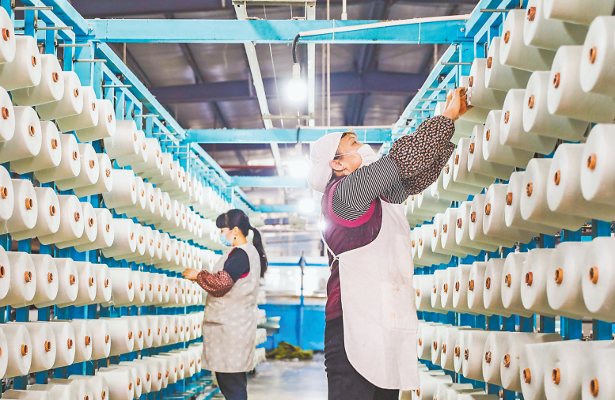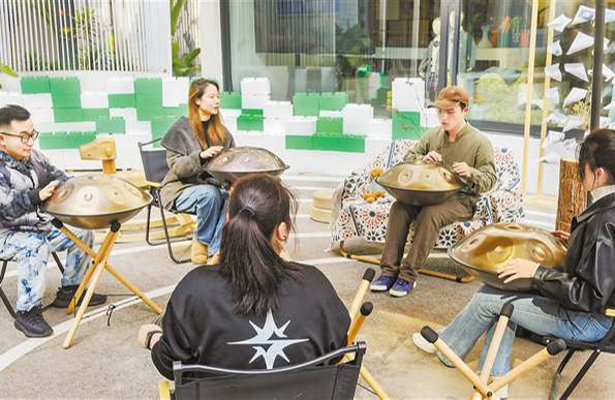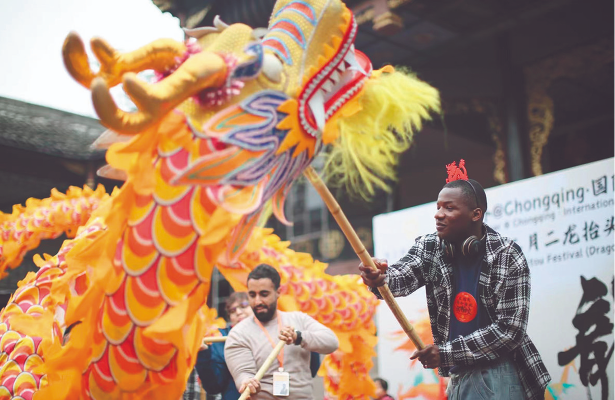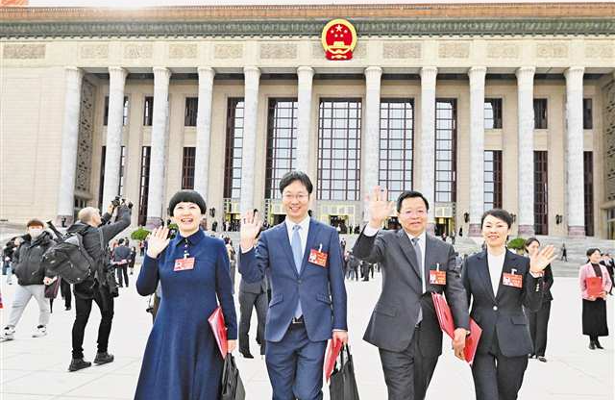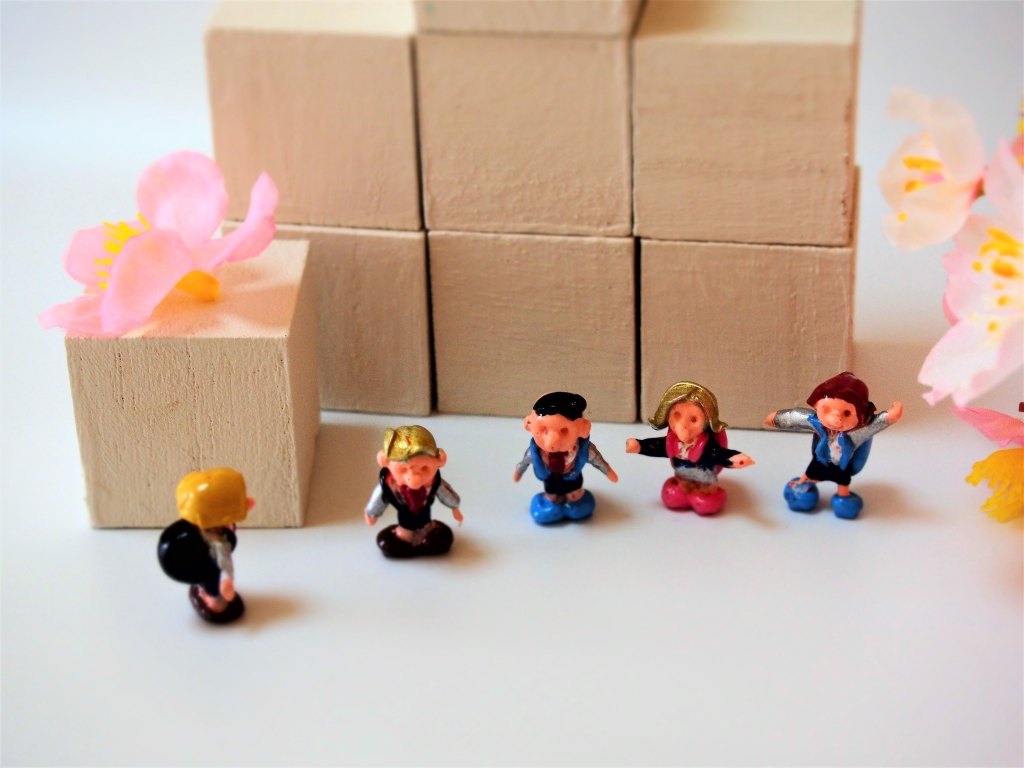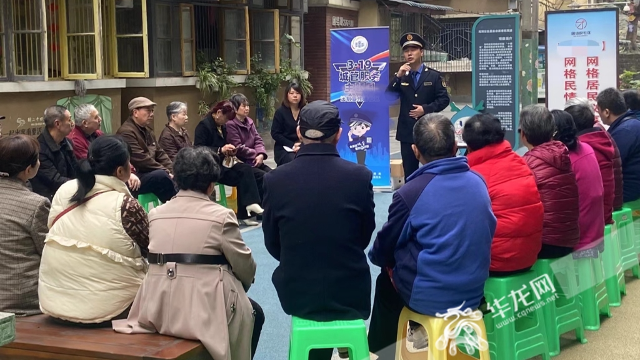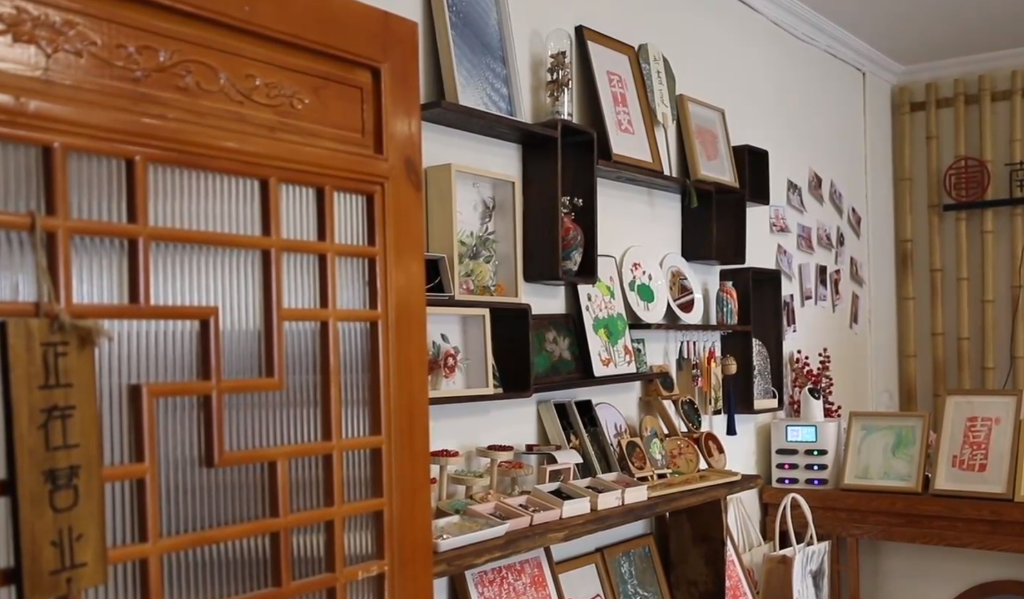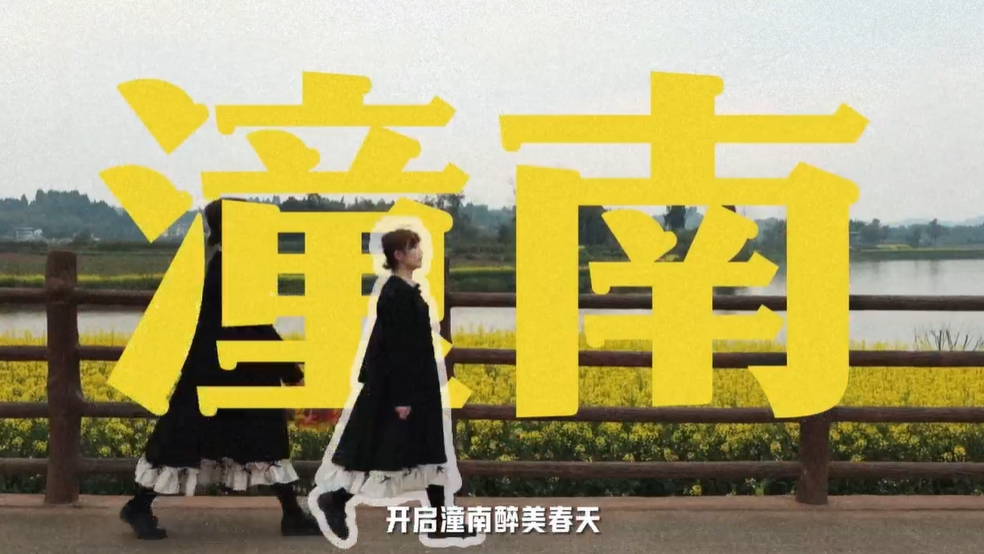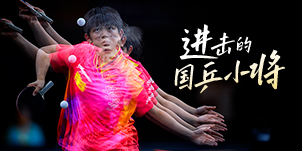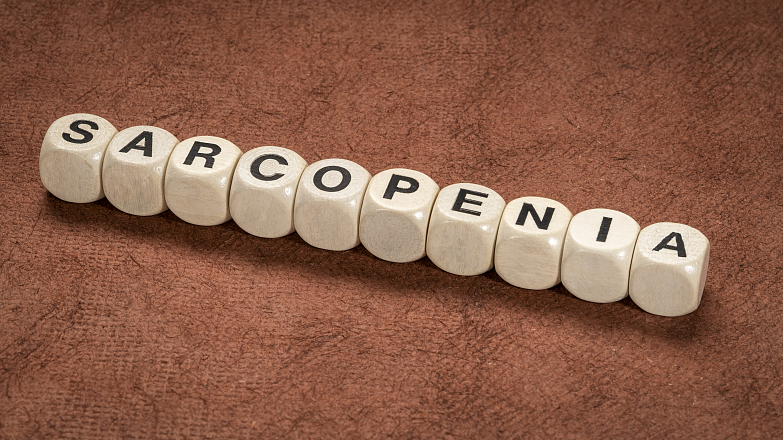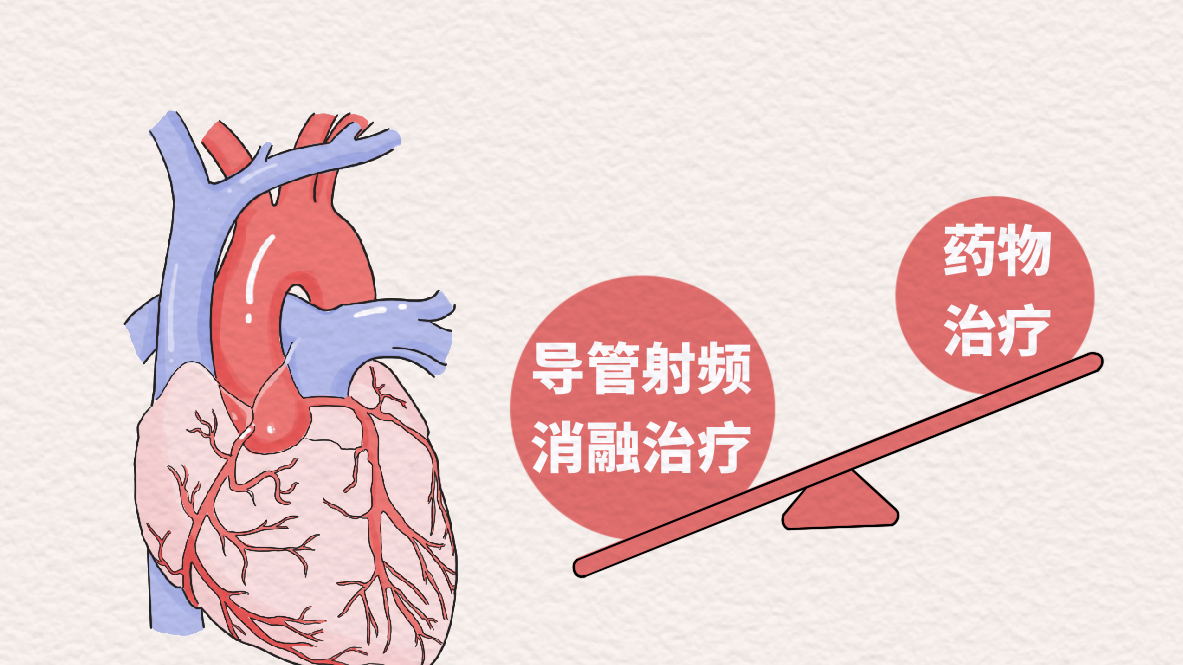Chongqing Gen-Z guy uses less than 0.2mm gold thread to weave intangible cultural heritage works
CHONGQING (CQNEWS) -- The exquisite filigree inlay craft, with its own elegant quality, is known as one of the "Seven Wonders of Chinese Traditional Jewelry Craft" together with jade carving and cloisonne, and it has been listed in China Intangible Cultural Heritage.
In Chongqing, there is such a Gen-Z guy - Gu Guoqiang, who once worked as an auction appraiser, and also went to Beijing to learn craftsmanship from the master of the cultural relics restoration in the Forbidden City. Now he has returned to Chongqing and opened a studio near the Huahuiyuan in Yubei District. He devoted himself to the study of filigree inlay to better inherit the craft.
Filigree inlay, also known as fine gold technology, is made by extracting gold, silver and copper into thread, and then making it into jewelry or art work by eight processes of stacking, piling, weaving, knitting, pinching, filling, assembling and soldering, and then inlaying pearls, gemstones and jade with high-quality wood, glass and other high-grade materials.
"Filigree inlay" skill can be traced back to the Spring and Autumn period and the Warring States period, and was listed in China Intangible Cultural Heritage as early as 2008. Although this skill is ancient, its exquisite, delicate and gorgeous characteristics represent the high realm of traditional craft and jewelry culture.
Gu Guoqiang majored in porcelain in college. Obsessed with Chinese meticulous painting and classical painting since childhood, he has unique views on porcelain painting. In order to pursue his passion, he gave up his stable job and went to Beijing, living in a damp basement just to learn restoration skills from a master in the Forbidden City.
Also for his passion, he returned to Chongqing and became an apprentice to Li Changyi, the only provincial arts and crafts master in Chongqing, also the only inheritor of the "filigree inlay traditional craft" of Chongqing's intangible cultural heritage. Five years past.
Filigree inlay is a fully manual work. Each process should be operated by a specialist and checked by a master. A product takes a lot of energy and time to complete. Among them, the most difficult process is extracting. Gold and silver wires with a diameter of 5mm should be extracted into the required filaments. At present, the diameter of the thinnest filigree is only 0.16mm.
Therefore, Gu Guoqiang practiced for days and nights. The process is difficult and tedious, which discourages many young people. "At the beginning, I spent a whole night welding for an earring, but I still failed." Gu Guoqiang also thought about giving up, but finally chose to stick to it.
Some people don't understand why a Gen-Z guy chose such an old-fashioned job? Gu Guoqiang said, "when you see these classical jewelry, you will also want the beauty of China to stay forever. They are just like Chinese people, generous, beautiful and rich in connotation."
Now thanks to short video platforms like Kuaishou and so on, Gu Guoqiang has made this old skills new vitality, and has received nearly 300,000 fans and gained 1.53 million like. The attention from netizens also makes Gu Guoqiang more determined to better inherit the filigree inlay.
Since it’s time for Spring Festival, Gu Guoqiang spent more than three months to make a "lion rolling silk balls" Yingluo to send new year blessings to netizens. “‘Lion rolling silk balls” is a traditional auspicious pattern of the Han nationality, which has the meaning of removing disaster and welcoming good things."
The working process is so delicate and complicated that Gu Guoqiang sat all day for it. "Yingluo is one of the decorations worn by people in ancient times. The adornment worn on Jia Baoyu’s and Xue Baochai’s chest is Yingluo. The lion has 999 curly hair, which means ‘long lasting’; 11 auspicious clouds are painted on the Yingluo, which means ‘good luck'; 27 red pendants under the Yingluo represent well-being..."
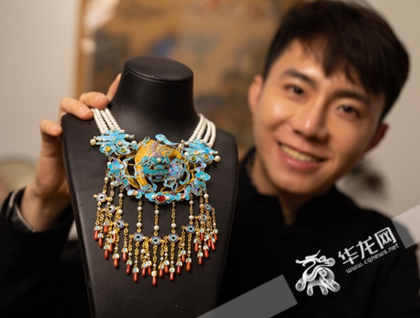

 无障碍
无障碍
 亲爱的用户,“重庆”客户端现已正式改版升级为“新重庆”客户端。为不影响后续使用,请扫描上方二维码,及时下载新版本。更优质的内容,更便捷的体验,我们在“新重庆”等你!
亲爱的用户,“重庆”客户端现已正式改版升级为“新重庆”客户端。为不影响后续使用,请扫描上方二维码,及时下载新版本。更优质的内容,更便捷的体验,我们在“新重庆”等你!

